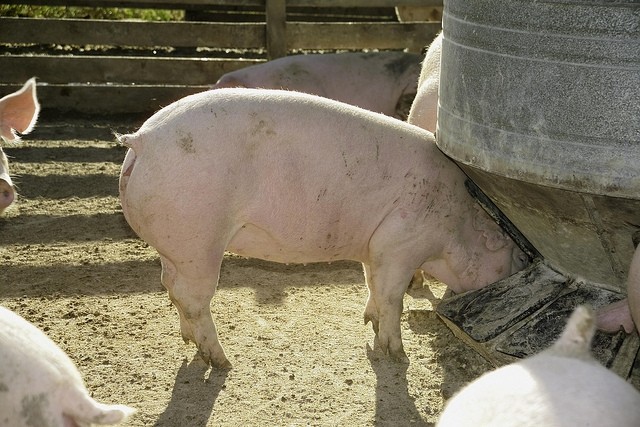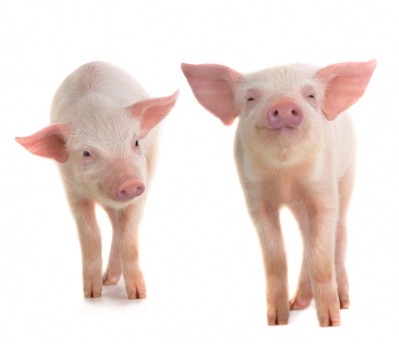JBS United: We don’t believe porcine feed ingredients are a vector for PEDv

“We, at JBS United, don’t believe that porcine feed ingredients are a vector for the PED virus,” Doug Webel, chief operating officer with JBS United’s animal nutrition and health division, told FeedNavigator.
“If we thought feed was a vector, we would have shut down manufacturing immediately and retooled. We did not. However, we are a customer-centric company and we respond to and support our customer-partners and respect that others may have differing views. There was enough interest and concern that we felt this was the right decision,” he said.
DeKalb’s president, Kelly Keaschall, also pointed out that “at present, we have not seen a documented case where plasma has caused PEDv,” but admitted “we are still learning...there is an abundance of speculation.”
Non-porcine partnership
These comments followed last Thursday’s announcement that the two firms had partnered to offer customers the choice of swine nutritional products with or without porcine ingredients.
PEDv has infected and killed piglets on farms of all sizes in 27 US states since May 2013 and in four Canadian provinces since January of this year.
Whilst the role of feed in transmission of the virus is still under investigation, suggestions of a link have clearly rocked confidence in feed containing porcine plasma, inducing a surge in demand for non-porcine products.
Explaining the motivation for the partnership, Webel said: “Both companies saw the market demands shift with the introduction of PEDv to the United States and felt obliged to answer these market demands. We respond to our customers and their health advisors. When we saw the market shift, we immediately set in motion our response of providing customers with what they were requesting.”
No simple task
According to Keaschall, complete starter feeds and starter base mixes were the products that required the biggest changes, because although non-porcine alternatives had been available previously, they hadn’t been available from a completely porcine-free manufacturing plant.
Establishing dedicated non-porcine manufacturing at the central nutritional facility shared by the two companies in Kalona, Iowa, was not a simple task, he said.
“It doesn’t just involve swine feeds; it affects beef and dairy feeds as well. Plus it involves changing fat source, from choice white grease to either soy oil or tallow,” he explained.
Providing a porcine-free option would also require the cooperation of customers and both companies, now and in the future, he said.
“If producers want a particular type of feed, it may need to come from another facility and require a longer lead time to facilitate delivery. Both companies will need to carry extra inventory as we create more products and deal with limited warehouse space.”
Mixed response
So far, Keaschall reported that producers with sow centres had been appreciative of the move.
“However,” he said, “they have not been eager to give up plasma in their complete pig starters, which creates production inventory and delivery challenges. This is why we need cooperation on extended order time.”
Webel also noted that “not all customers want non-porcine products,” though he said there was enough demand to warrant the move.












